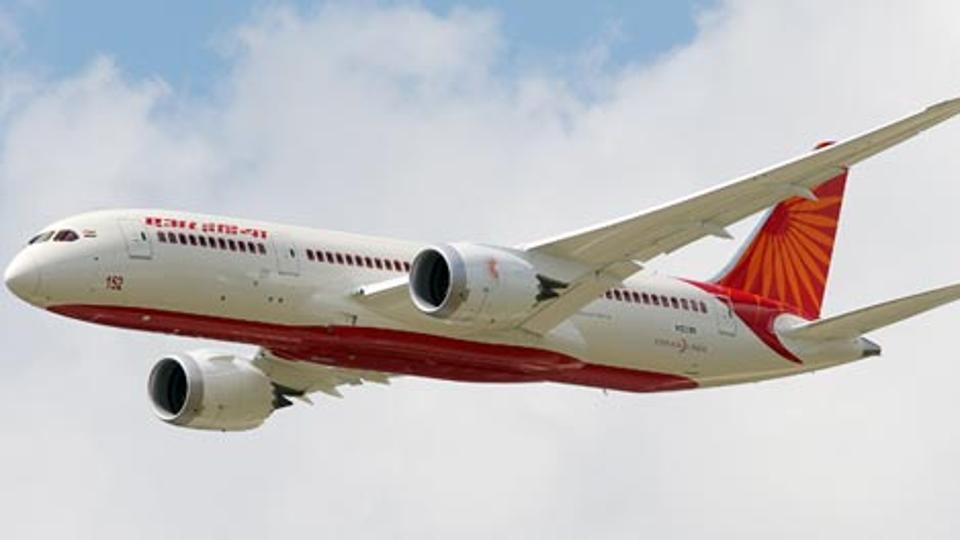Air India offers discounts for travel within the United States

Government-owned Air India on Saturday announced a discounted Star award mileage redemption offer for passengers planning to travel within the USA.
The six-day offer that commenced from Thursday, will remain valid till April 18.
The travel period under the offer can be taken any time during the next 330 days, Air India said in a release.
Besides, the offer allows passengers to revive and redeem their flying return points that were not availed and have expired now, it said.
The cut off year for revival and redemption of expired mileage is 2007, Air India said adding the revival of expired points scheme will have an extension validity of up to March 31 next year.
Passengers travelling within the USA can redeem their flying return points at a discount of 60 per cent for travel in a distance band which goes up to 2,500 miles, Air India said.
[Source:-hindustantimes]




